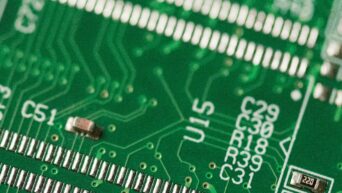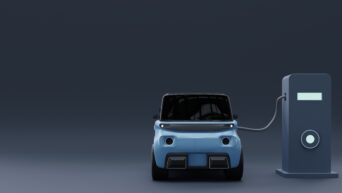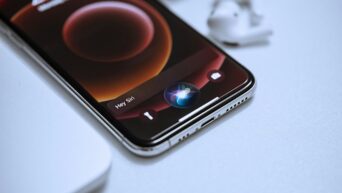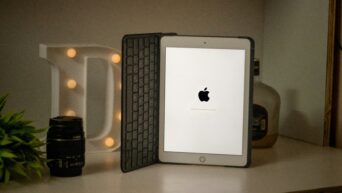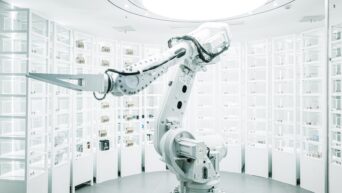With all the emerging technology available at our fingertips today, it is no surprise that the thought of helping the blind see would soon become a reality.
Researchers from the University of Minnesota are on the cusp of bringing this idea to fruition.
With the use of a 3D printer, the researchers created a prototype to manipulate. Silver particles were placed on the inside of the glass dome and with the help of photodiodes, they worked on converting light into electric signals.
Once completed, they saw that the eye could convert light into electricity with 25% efficiency. That doesn’t reach the standards that our current eyes can, so more work will need to be done.
The other issue that they are working through right now is that having a glass eye would be very uncomfortable for the user. They will be testing out different, softer prototypes for added comfort as well as working on ways to increase the light receptors.
At the University of Oxford, researchers are working on creating a synthetic, soft tissue retina. The eye is so sensitive that placing anything but something extremely soft in the socket is the only way to go.
3D printers have opened up a whole new world of research by allowing more and more researchers to use them. And, the fact that it can print a curved surface makes its use even more accessible.
In addition to the work needed to be done above, they will need to figure out a way to help the brain interpret the electric signals from the eye. The hope is to find something comfortable enough that can help to transmit these glass eye cameras directly to the brain by using electrodes. But, the work is being done to perfect this bionic eye to help all people see the beautiful world we live in.


